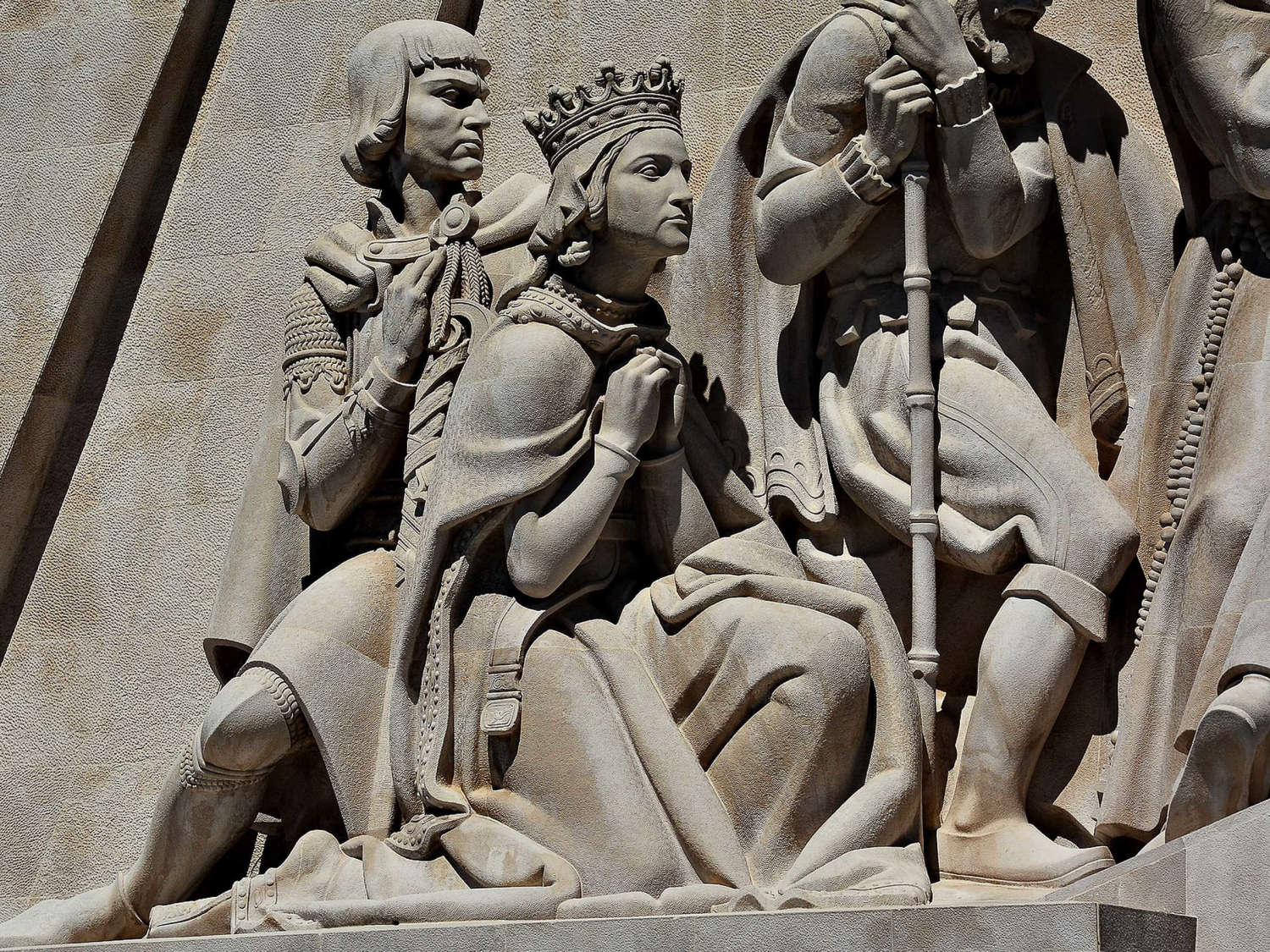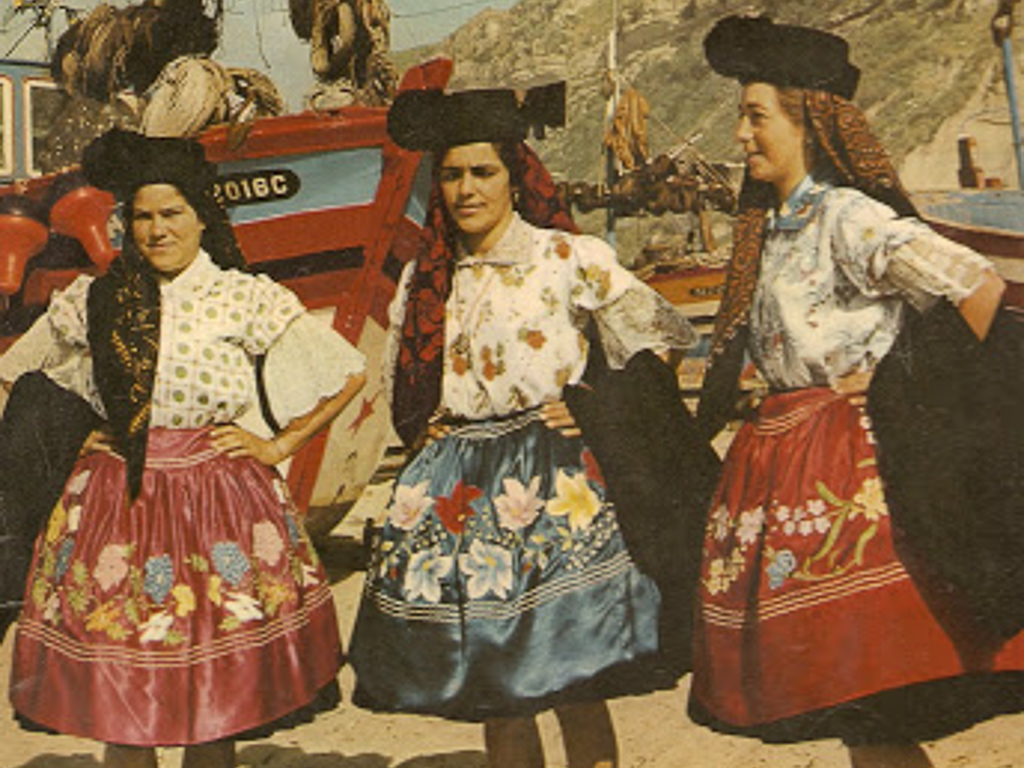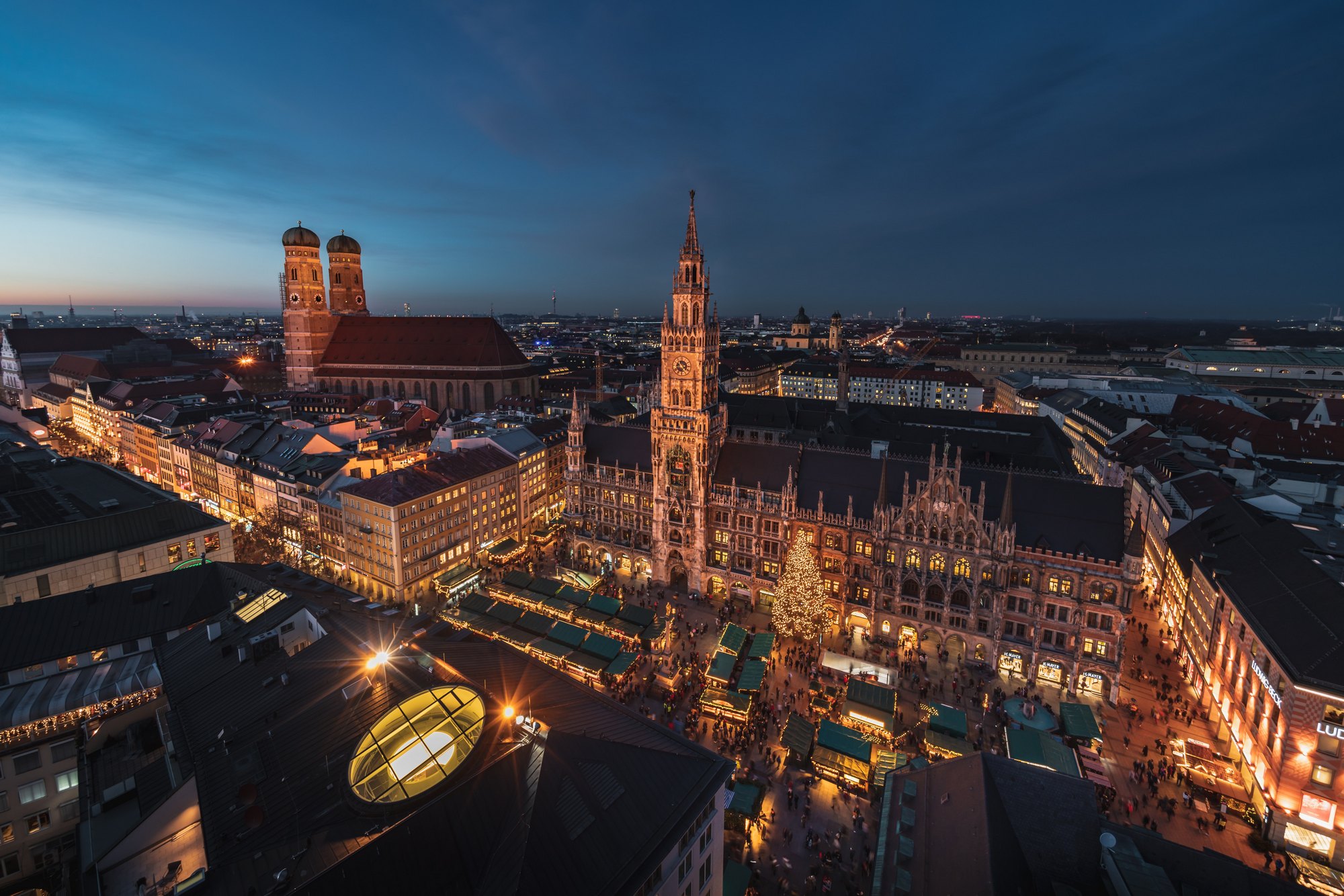As a company of over 70% women, we think every year is an important one for the ladies. To celebrate Women's History Month, we're looking at women's (often untold) histories across our cities. Lisbon historian Pascal kicked us off here with a view into the histories of four formidable Portuguesas:
In true American style, we’re picking up our chisels to fashion our own sort of Mount Rushmore. Yet this time—a thought experiment: instead of mustachioed male presidents in bowler hats, what if we engraved four influential women from Portuguese history?
Before donning our aprons, let’s first consider the scenery: 20th century Portugal. For almost half of this period, nearly all women were denied passports, bank accounts, driving licenses, and—of course—the vote. These freedoms were restricted only to those educated females who were both family heads and possessed higher education diplomas. Which is to say: very few indeed.
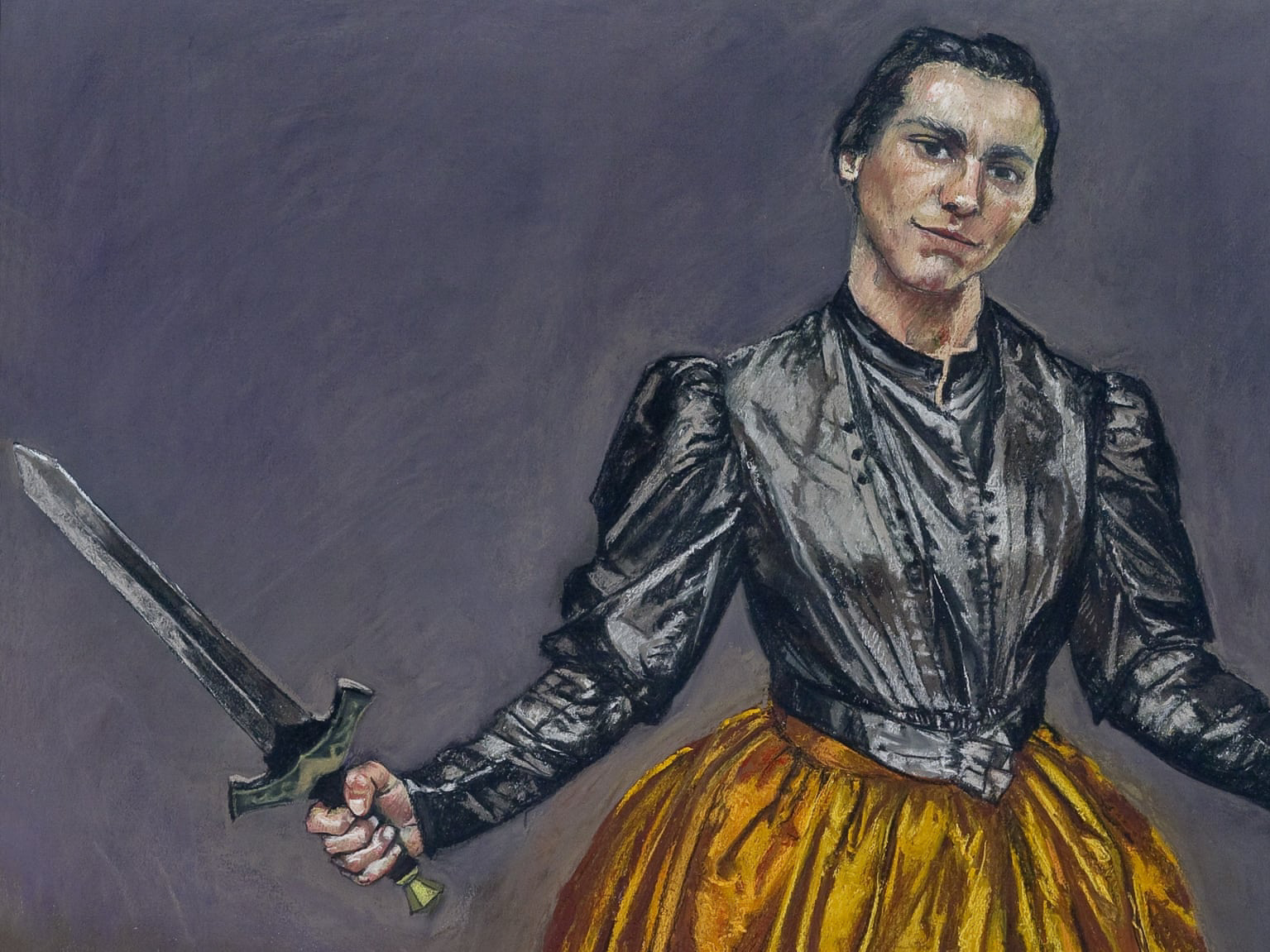
The Artist: Paula Rego
Our first cut: the artist Paula Rego. Born in 1935 during the early part of Portugal’s dictatorship, the Portuguese regime’s systemic oppression of women convinced Rego to leave the country, to pursue career growth elsewhere. Misogyny, however, followed her: though a move to London in the 1950s lent her artistic inspiration, she still felt the pinch of working in a male-dominated environment, even after being made Associate Artist at London’s National Gallery.
With that in mind, it’s perhaps not unsurprising that Rego’s artistic power is in her potential to make men feel small. “I can make it so that women are stronger than men in the pictures. I can turn tables and do as I want… I can make them obedient and murderous at the same time”.

The Politician: Maria de Lourdes Pintasilgo
One of Paula Rego’s contemporaries takes up our next spot: as Europe’s second female prime minister, Maria de Lourdes Pintasilgo worked with an equally difficult canvas. She commented on her work environment: "You know, they never forgive me for having dared to enter their world."
Pintasilgo is celebrated for steadying the ship as Portugal’s identity evolved as a newfound democracy after Salazar dictatorship ended in 1974. Her term in office was brief, but for five months in 1979 Pintasilgo instilled national confidence by improving the healthcare system and introducing a revamped network of social security.

The Good Samaritan: Dona Gracia Mendes Nasi
We jump to 16th-century Lisbon to find our third figure, Dona Gracia Mendes Nasi—a Catholic in name only. As with Spain’s Conversos, Garcia was a Novo Cristão (‘New Christian’), forcibly converted to Christianity—as were all Portuguese Jews in this period. Despite this, her Jewish faith burned on secretly.
Widow of a spice trader, Nasi devised an ingenious escape network for fellow Sephardic Jews: to escape state oppression, these ‘New Christians’ were smuggled on spice ships sailing to Antwerp, then made the journey by foot to Venice. From Venice—and thanks to Nasi—they found their last step to freedom: Ottoman Turkey. With her work, Nasi truly embodied the Talmud’s statement that “Whoever saves a life, saves a whole world.”
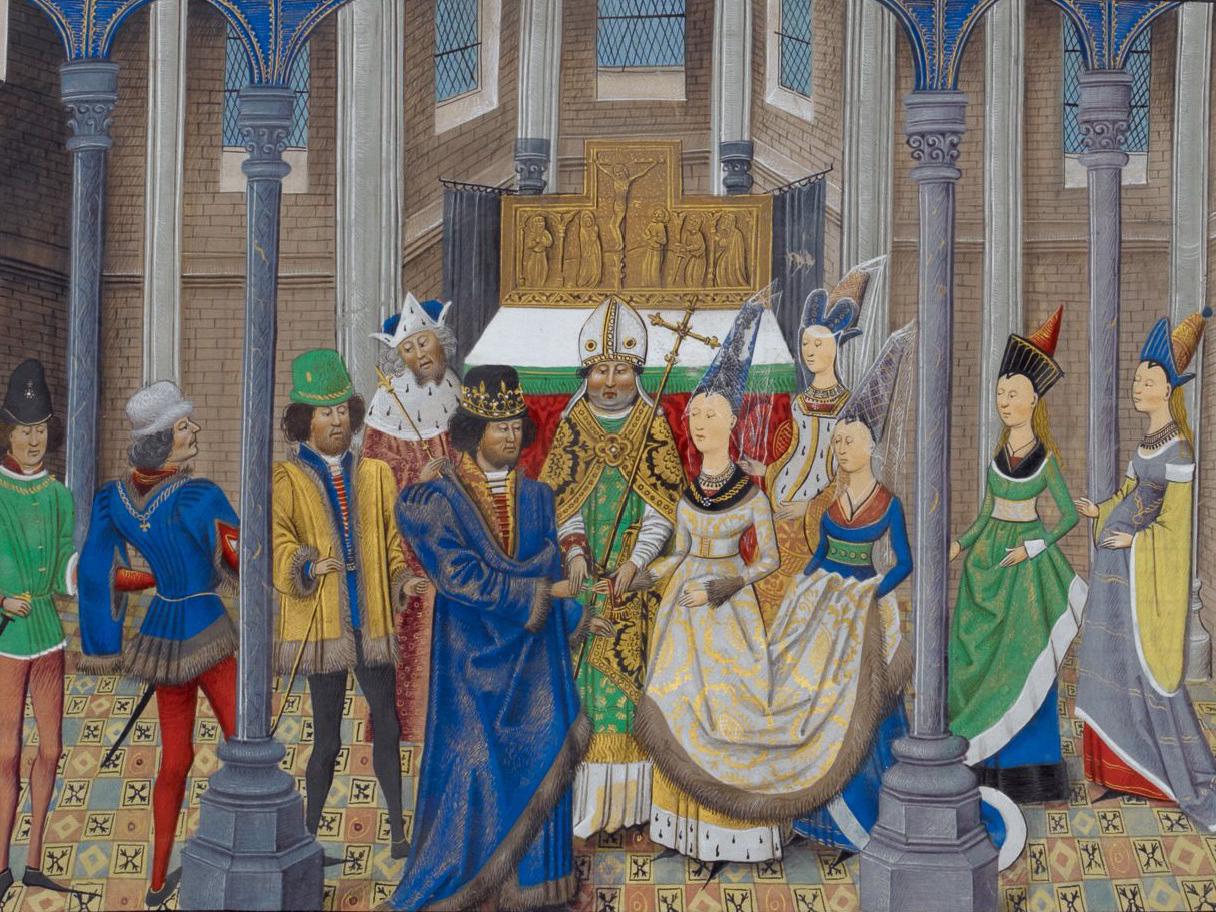
The Royal: Princess Philippa of Lancaster
A shuffle back finds us in the 1300s, where we encounter an Englishwoman who eventually came to define Portuguese identity through her marriage to King John I of Portugal. Princess Philippa of Lancaster (or Filipa, in its Portuguese spelling) was a fierce individual whose decisions—and offspring, later dubbed Portugal’s “illustrious generation”—oriented the sails of Portuguese history.
Visitors to present-day Belém will find her kneeling at the end of the famous Monument to the Discoveries. Yet, she was much more than a humble figure on the edge of Portuguese history. (Let’s not forget, the edifice was commissioned, designed, and carved by men.) Though the monument shows something of her devotion to God, it shows none of the diplomatic panache she possessed. The 1386 Treaty of Windsor—the western world’s oldest alliance, and one made possible largely by Philippa—was the European Union of its time, guaranteeing Portugal and England easy movement of goods and capital. She went on to receive the gratitude and affection of the Portuguese, with two roads and a school in Lisbon named after her.
The 50%: Fisherwomen of Nazaré
Were we keeping strictly to our Mount Rushmore architecture, we’d set our chisels down at four figures. But since we’ve never been much for rule-following, we’ll end with a brief word on the Fisherwomen of Nazaré. These women do, in fact, enjoy their own monument in Nazaré, a seaside village in central Portugal. The monument stands as a testament to these hardy women who were responsible for inspecting, cleaning, gutting, and selling the fish caught by their husbands, becoming the backbone not only of their families but also of the culture and commerce of Portugal.
As through much of our world, parliamentary representation and workplace equality for the “other” Portuguese 50% still has progress to be made. However, it’s uniquely Portuguese—and a credit to the country’s receptiveness to foreigners—that three out of four of our carved heroines were born outside the Portuguese border. Yet still they stand, pillars of what it means to be a determined Portuguesa.
Learn more about the history of women in Portugal with a Context private or small group tour of Lisbon.
Pascal is a Context guide in Lisbon and a passionate musician. Having graduated with a first-class B.A. honors in English and music after studying in Leeds and Berlin, Pascal came to Lisbon and now plays an active role in the city’s music scene. Join Pascal as he shares broad insights into the city and illuminates the hidden histories on our small-group and private tours in Lisbon.
